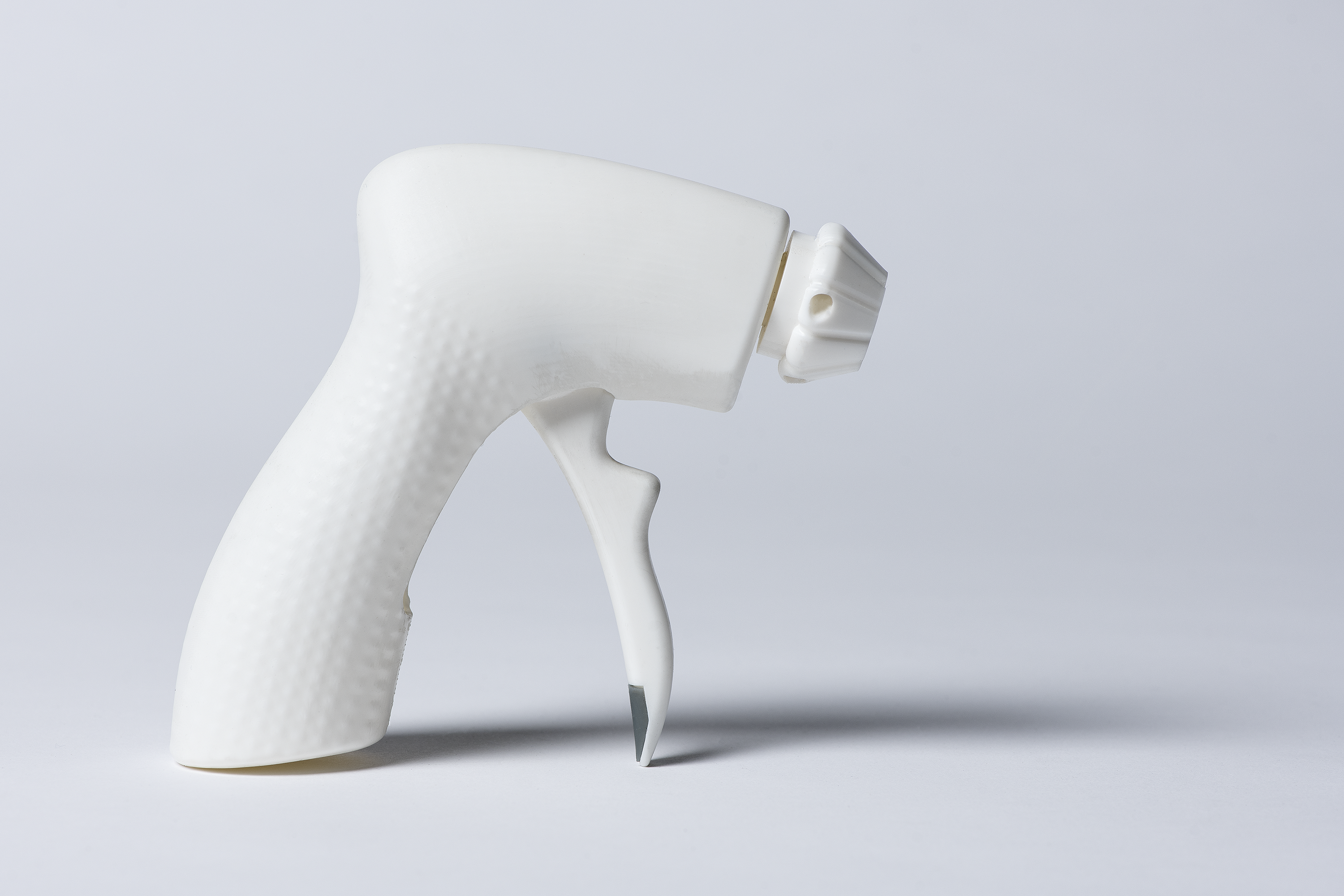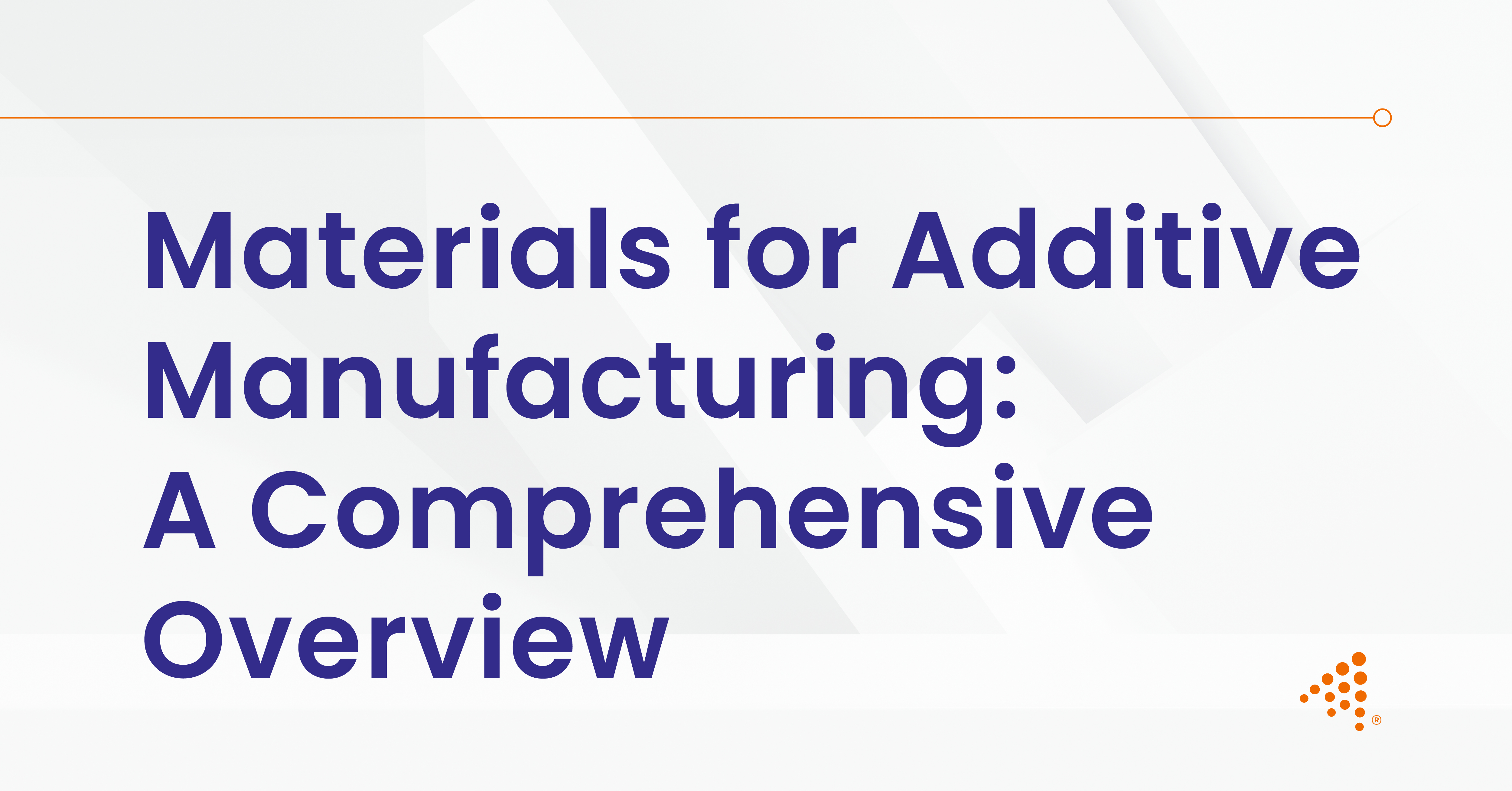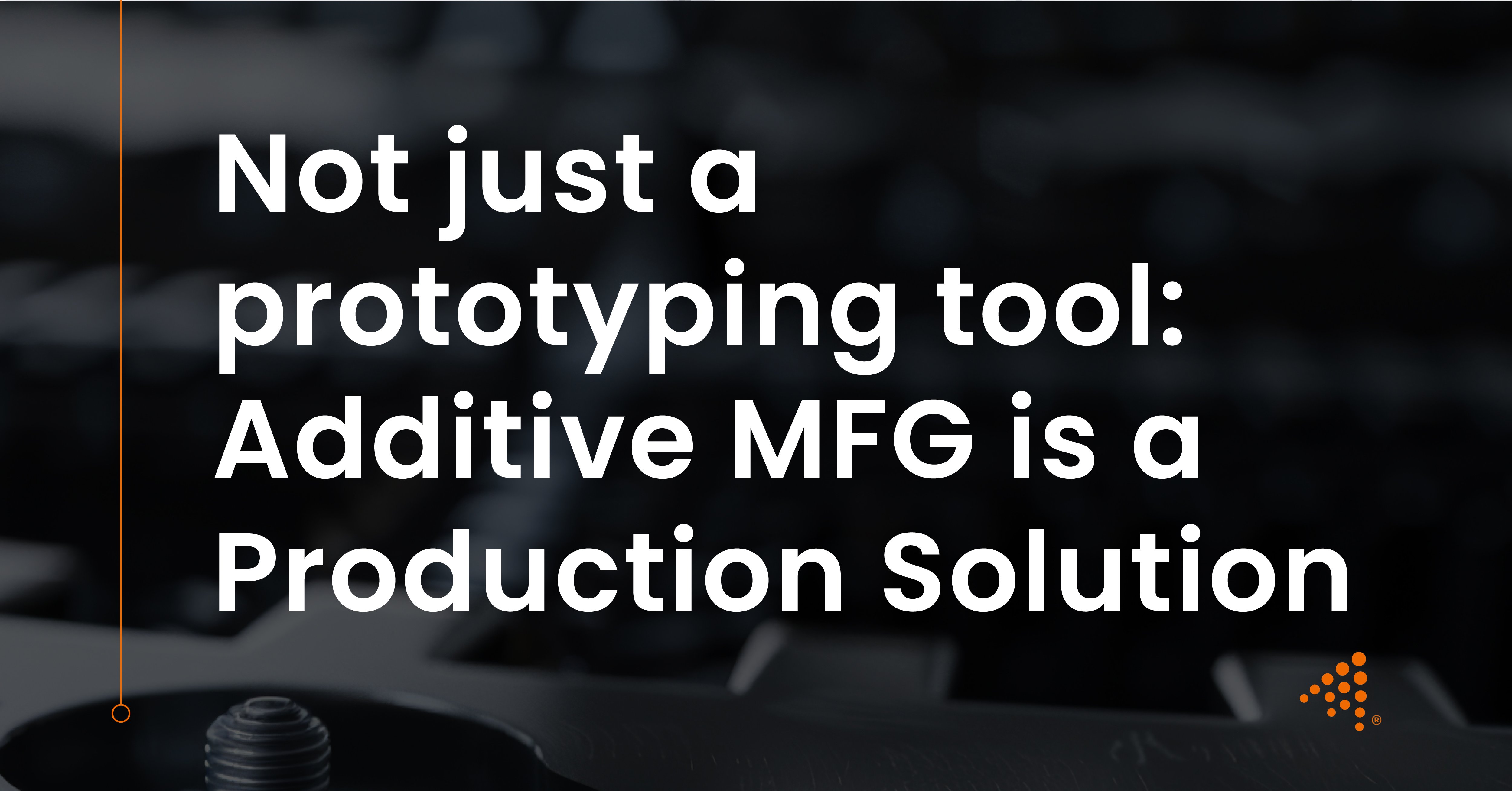Materials for Additive Manufacturing: A Comprehensive Overview
The remarkable rise of additive manufacturing is intrinsically linked to the expanding palette of materials available to engineers. The ability to...
4 min read
Nick Erickson : Oct 31, 2025 8:30:00 AM

In an era defined by global disruptions, demand volatility, and an increasing need for product customization, traditional supply chain models are being tested like never before. To build the resilient and agile operations necessary to thrive, companies are turning to transformative design and manufacturing solutions. Additive manufacturing (AM), commonly known as 3D printing, has matured far beyond a prototyping tool and now stands as a powerful strategic lever for supply chain innovation.
Successfully integrating this technology is not merely about purchasing a new piece of equipment; it is a strategic initiative that can redefine how products are designed, manufactured, stored, and distributed. When implemented thoughtfully, AM can create a more responsive, cost-effective, and robust supply chain. This guide provides a strategic framework for understanding where AM fits and how to integrate it effectively into your operations.
Additive manufacturing is not a universal replacement for traditional manufacturing methods like injection molding services or CNC machining. Its immense value is realized when it is applied strategically to solve specific challenges that conventional methods are ill-equipped to handle. The first step in any integration is to analyze your product portfolio and supply chain to identify the areas of best fit.
Ideal applications for AM within a supply chain often include:
Read More About Injection Molding Defects: Flash – What It Is and How to Get Rid of It

Integrating AM requires a deliberate, phased approach that involves key stakeholders from across the organization. A successful roadmap moves beyond a simple technology acquisition to a full process transformation.
A successful AM integration cannot be siloed within a single department. It requires collaboration between design, engineering, procurement, and logistics. Design engineers must be trained in Design for Additive Manufacturing (DfAM) principles to create parts that leverage the technology's strengths. Procurement teams need to develop new frameworks for sourcing AM services or materials, and logistics managers must rethink distribution strategies to capitalize on localized production.
Companies must decide whether to build their own in-house AM facilities or partner with a specialized service provider. An in-house operation offers maximum control but requires significant capital investment in equipment, facilities, and skilled personnel. Outsourcing to an expert partner like Aprios can be a more cost-effective and flexible approach, providing immediate access to a wide range of cutting-edge technologies like Carbon DLS, deep engineering expertise, and the ability to scale production up or down without capital risk.
A "crawl, walk, run" methodology is the most effective way to integrate AM. Begin by identifying a non-critical component for a pilot program. This allows your team to validate the technology, establish quality control processes, and demonstrate the value of AM with minimal risk. The successes and lessons learned from the pilot can then be used to build a business case for expanding the integration to more critical applications.
Need Expert Guidance on AM Integration?
Our specialists are ready to help you transform your supply chain.
Perhaps the most profound impact of additive manufacturing is on inventory and logistics. It enables a fundamental shift from a traditional, reactive supply chain to a proactive and predictive one.
Traditional supply chains often operate on a "just-in-case" basis, holding large volumes of inventory to buffer against supply disruptions or demand spikes. This model ties up significant capital and creates a risk of parts obsolescence. AM facilitates a true "just-in-time" (JIT) model where parts are produced on demand, closer to the point of need. This drastically reduces warehousing costs and enhances operational flexibility.
By its nature, AM is a digital technology, allowing for decentralized manufacturing. A part designed in one country can be printed in another by simply transferring a digital file. This allows businesses to produce parts closer to their end-users, which reduces shipping costs, shortens lead times, and lessens the carbon footprint of transportation. More importantly, this localized production model builds a more resilient supply chain that is less vulnerable to geopolitical conflicts, trade disputes, and natural disasters that can disrupt long-distance shipping lanes.
Read More About Polyphenylsulfone (PPSU): High Performance for Tough Uses
For highly regulated industries like medical injection molding and aerospace, quality and consistency are non-negotiable. Production-grade additive manufacturing is far more than just pressing "print." It requires a rigorous Quality Management System (QMS) to ensure that every part is reliable and meets specifications.
This includes comprehensive process validation, often following an Installation Qualification (IQ), Operational Qualification (OQ), and Performance Qualification (PQ) framework. Every step of the process, from material handling to post-processing, must be controlled and documented to ensure traceability. Advanced metrology and non-destructive testing methods, such as 3D scanning and CT scanning, are used to inspect parts and validate their dimensional accuracy and internal integrity. For medical device manufacturing, partnering with a provider that holds certifications like ISO 13485 Injection Molding is essential for regulatory compliance.

Integrating Additive Manufacturing into supply chains is a strategic move that offers numerous benefits, from reduced costs and enhanced flexibility to accelerated innovation. By understanding the technology, developing a robust strategy, and addressing challenges proactively, businesses can harness the full potential of AM. Aprios is here to support your journey with expert guidance and advanced additive manufacturing services.
Explore our case studies and whitepapers to learn more about successful AM integrations. Contact Aprios today to discover how we can help you revolutionize your supply chain with cutting-edge additive manufacturing solutions.

The remarkable rise of additive manufacturing is intrinsically linked to the expanding palette of materials available to engineers. The ability to...

In the highly competitive medical device industry, the speed and efficiency of the product development lifecycle are paramount. The ability to move a...

For many years, the conversation around additive manufacturing, often called 3D printing, was anchored to its revolutionary impact on rapid...